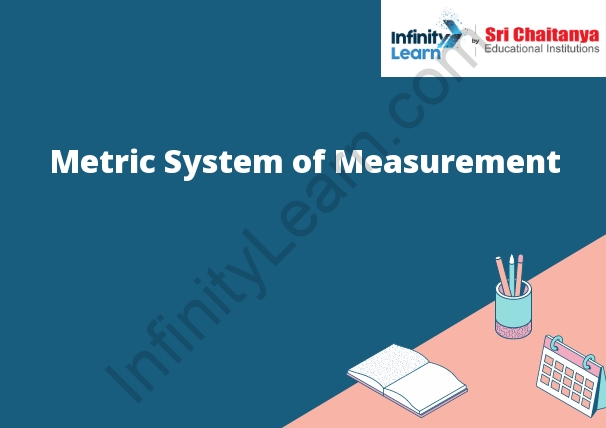Table of Contents
What is the Metric System?
The metric system is a decimalized system of measurement that is based on the meter, kilogram, and liter. It is the most common system of measurement in the world.

SI Unit Metric System
The metric system is a decimal system of measurement that was developed in France in the 1790s and is now used in most countries around the world. It is based on a unit of length called the meter, which is defined as the distance traveled by light in a vacuum in 1/299,792,458 of a second. The metric system also includes units for measuring mass (kilogram), volume (liter), and temperature (degree Celsius).
Metric Number Prefixes
A metric number prefix is a unit prefix that is multiples of 10-^3 (one thousand). The most common metric number prefixes are kilo- (10^3), hecto- (10^2), and deca- (10^1).
Common Metric Conversion Units
Some of the most common metric conversion units are listed below.
Length
meter (m)
centimeter (cm)
kilometer (km)
Width
meter (m)
centimeter (cm)
kilometer (km)
Height
meter (m)
centimeter (cm)
kilometer (km)
Volume
liter (L)
centiliter (cl)
milliliter (ml)
Weight
kilogram (kg)
gram (g)
milligram (mg)
Metric Units
The SI system of metric units is based on the meter, kilogram, and second.
The meter is the basic length unit. It is the distance light travels in a vacuum in 1/299,792,458 of a second.
The kilogram is the basic weight unit. It is the mass of a platinum-iridium cylinder kept at the International Bureau of Weights and Measures in France.
The second is the basic time unit. It is the time it takes for a cesium-133 atom to make 9,192,631,770 complete vibrations.
Metric System Conversion
Calculator
Enter a value in one of the boxes below and click the “Convert” button.
Solved Example for Metric Conversion of Bigger Unit to the Smaller Unit
Convert 350 cm to meters
Solution:
350 cm = 0.35 meters
Evolution of Metric System
The metric system evolved from the French Revolution in 1799. The revolutionaries sought to replace the confusing and inconsistent measures of the time with a more rational and logical system. The metric system was based on the decimal system, which is a counting system in which each number is based on 10. This made it easier to divide measurements into smaller, more manageable parts.
The first version of the metric system was known as the metric system of weights and measures. This system was based on the meter, which was defined as the length of a quadrant of the Earth’s meridian. The meter was divided into 10 equal parts, called decimeters, and each decimeter was divided into 10 equal parts, called centimeters.
In 1875, the metric system was revised and renamed the International System of Units, or SI. The SI system is the system of measurement used around the world today. The SI system is based on the meter, kilogram, and second, which are the fundamental units of measurement. The SI system has been revised over the years to accommodate new technologies and to make it more user-friendly.
Solved Example for Metric Conversion of a Smaller Unit to a Bigger Unit
Question:
Convert 10 cm to meters.
Solution:
Since 10 cm is equal to 0.1 meters, we multiply 0.1 by 10 in order to get the answer, which is 1 meter.
Metric System Conversion Table
The metric system is a decimal system of measurement that is based on the meter, kilogram, and liter.
Length
1 meter = 100 centimeters
1 kilometer = 1000 meters
Weight
1 kilogram = 1000 grams
1 metric ton = 1000 kilograms
Volume
1 liter = 1000 milliliters
1 cubic meter = 1000 liters
Solved Example
Question:
The table below gives the operating costs (in dollars) of a small business over a five-year period.
Year Operating Costs
1 $10,000
2 $12,000
3 $14,000
4 $16,000
5 $18,000
What was the average annual operating cost over the five-year period?
The average annual operating cost over the five-year period was $14,000.
Facts
The Battle of Gettysburg lasted from July 1 to July 3, 1863.
The Union army, led by General George G. Meade, defeated the Confederate army, led by General Robert E. Lee.
The Union army suffered about 23,000 casualties, while the Confederate army suffered about 28,000 casualties.
Gettysburg is considered to be the turning point of the American Civil War.









